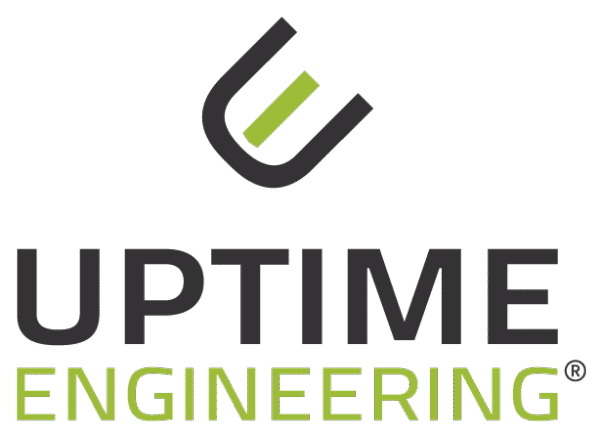
The maintenance of large industrial plants such as in the paper of metal industry is a complex activity, because



Uptime Engineering received a request from a customer from the metal industry asking whether it was possible to create a software solution that could provide recommendations for the service technician’s work. Particularly for cases where the plant deviated from nominal behaviour.
The acceptance of such software is a critical aspect. It can only be gained if the results are incorporated into the service technician’s working process. To do this, the software must be available in the system, which with the web-based Uptime Harvest was the case as soon as an internet connection was available. The activities performed by the service team can have far-reaching consequences, right up to a complete system shutdown. Accordingly, the recommendations had to be technically sound and understandable for the user. Big-data procedures are principally limited here, since they consider a combination of numerous input values but without physical-technical explanations.
Uptime HARVEST therefore uses a physics of damage approach. It start with a failure potential analysis. It is carried out together with the service technician to determine which types of failure can occur in the parts of the system and how they announce themselves. The required information to detect such deviations can be derived from this. This catalogue includes just the risk-relevant measurement data. It is correspondingly compact. As is always the case, part of the required measurement data was available from the system control. The system response behaviour for known deviations could be determined by fault seeding during test operation. This entails artificially changing the system’s characteristics or boundary conditions towards a damaging condition in order to quantify the effect of these changes on the measurement data. This is a very efficient way of determining the sensitivity of the available data to deviating system behaviour.
The control data was used to define a set of algorithms for deviation detection. The results of the fault-seeding experiments were used to calibrate these models and then implement them in the Uptime HARVEST software in order to monitor the plant’s operation.
Deviations are detected, and the correlated causes determined using a patented procedure.
If there is a significant deviation from nominal behaviour, an initial report is made. The detection is helpful because it identifies suspected failing system components and reports clearly what was used to determine the deviation (for example bearing temperature being higher than expected, electrical power consumption not correlating to mechanical power, heating rate lower than calibrated). The explanations are passed to the algorithms as free text, but in a level of detail that each customer requires. Different languages are available, which is important for application at different locations.
The correlating causes are determined building upon the detection of deviations (e.g., wear of carbon brushes). This is performed in HARVEST by the patented procedure “Reverse-Engineering” from effect to possible cause. This procedure is coded in the model-based Uptime EXPERT system. Along with the cause candidates for deviations, the procedure also provides tasks for the service technician on site to provide final clarification of the problem. These tasks are inspections or measurement, e.g., the comparison of the 3-phase currents, or the inspection of a motor’s carbon brushes. The cause analysis clarifies how urgent the repair actually is. In the ideal case, it can be delayed until a planned maintenance interval. This requires the remaining lifetime. This topic is currently covered with the analysis of exchanged parts. The results of this analysis will make the predictive maintenance of critical system parts possible.



You are currently viewing a placeholder content from Facebook. To access the actual content, click the button below. Please note that doing so will share data with third-party providers.
More Information